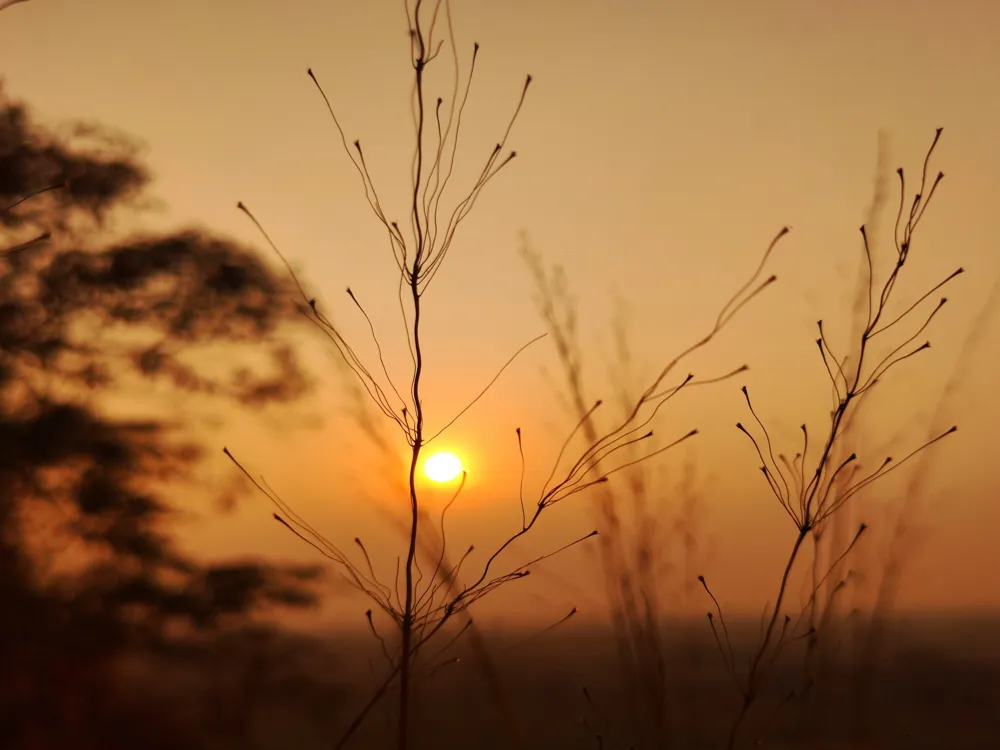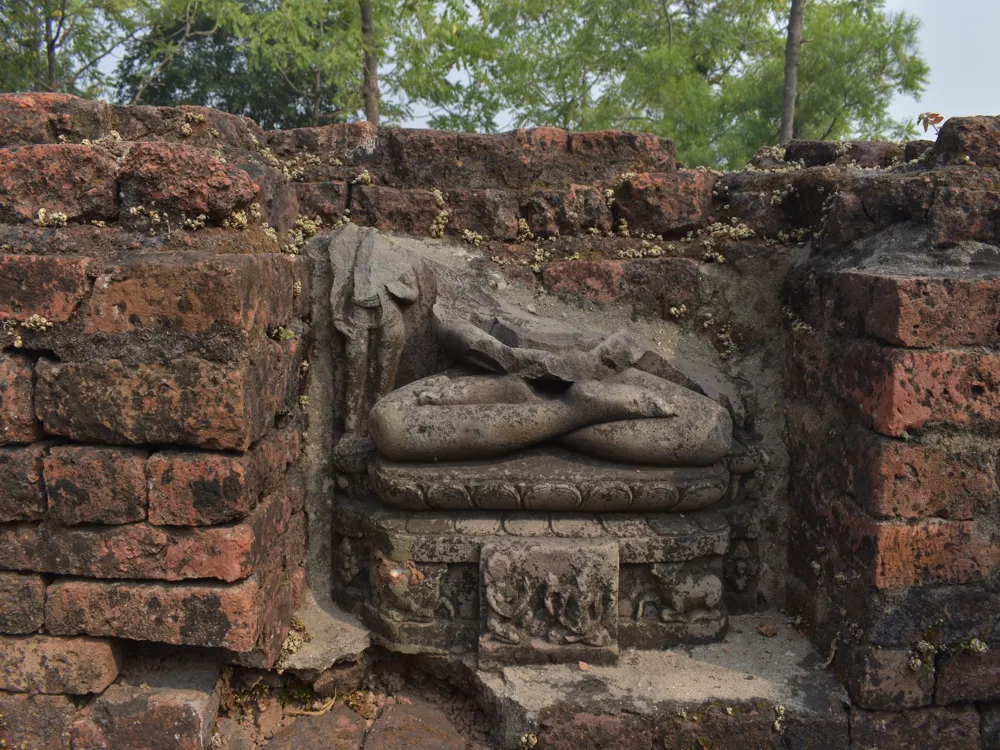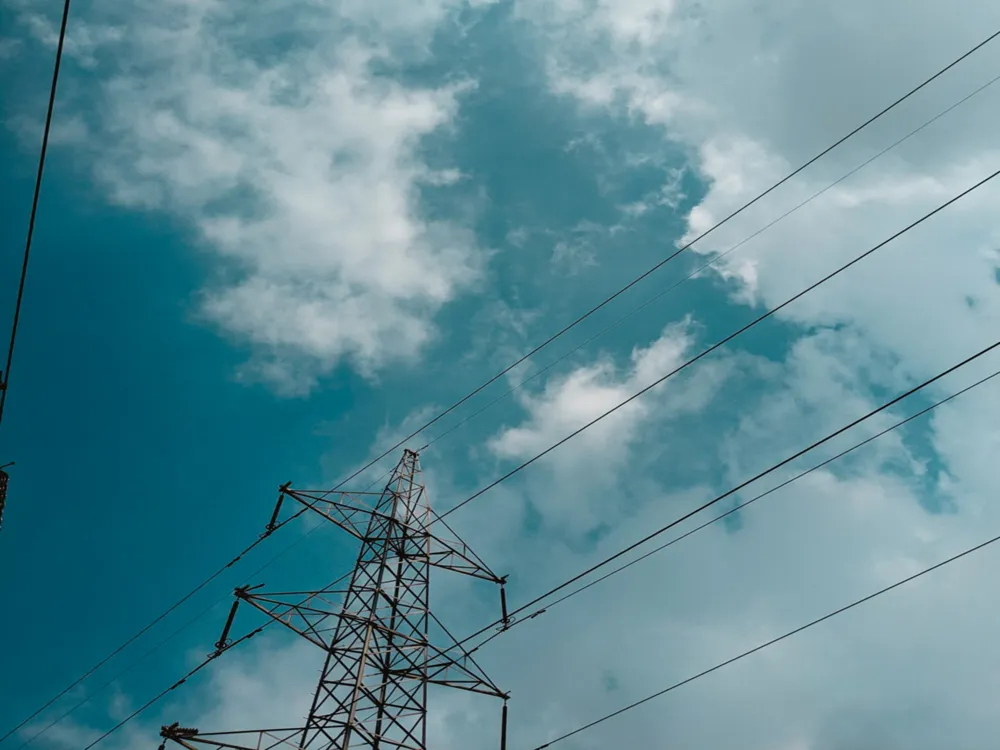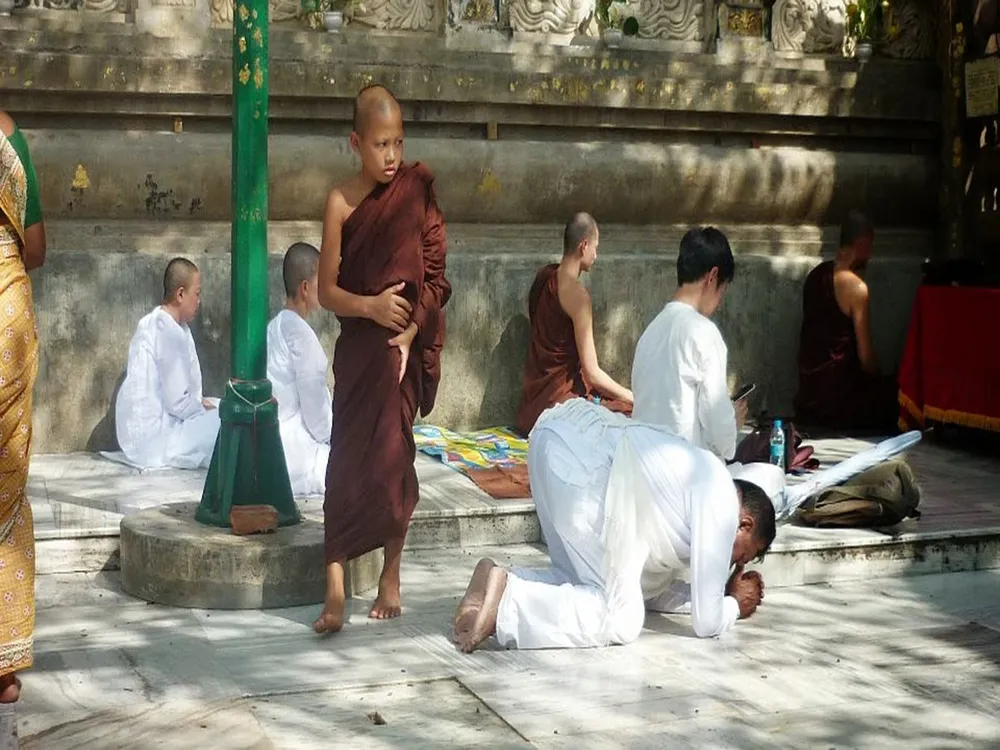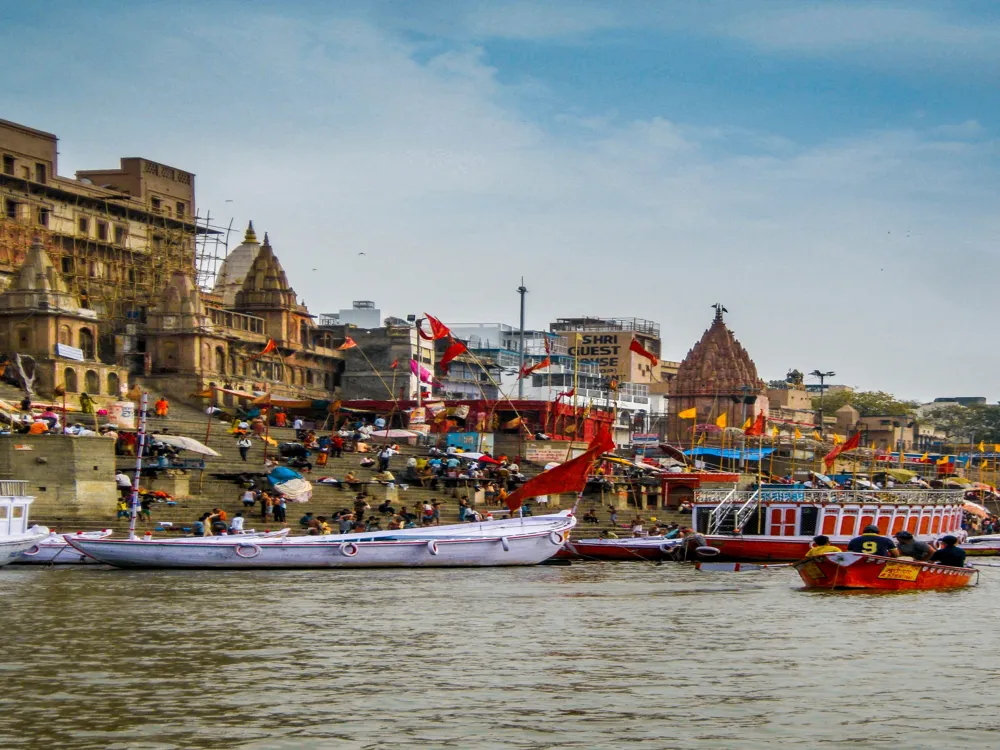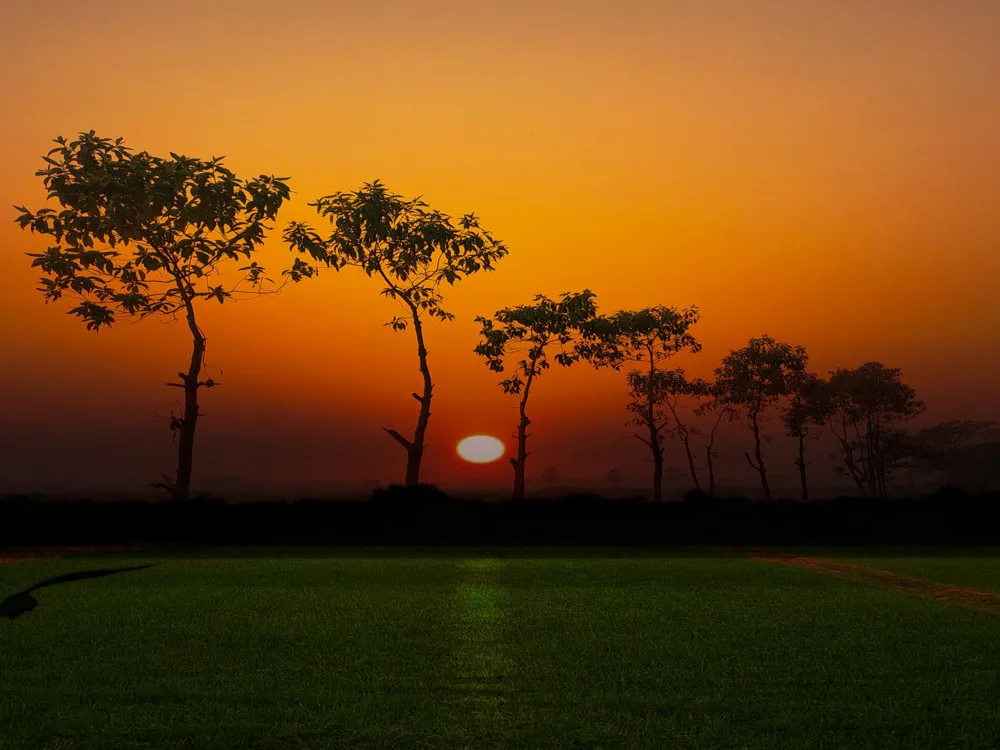Kolhua Complex in Vaishali, located in the heart of Bihar, stands as a testament to the rich historical and cultural heritage of ancient India. This archaeological site, with its deep roots in the Buddhist and Jain traditions, attracts thousands of visitors every year. The complex, believed to date back to the 6th century BCE, is associated with Lord Buddha and Lord Mahavira, making it a site of immense religious significance. The area, once a thriving hub of activity and learning, now offers a tranquil escape into history. The Kolhua Complex is not just an archaeological site; it's a journey through time, showcasing the architectural genius and spiritual depth of ancient Indian civilization. The architecture of Kolhua Complex in Vaishali is a splendid example of ancient Indian craftsmanship and ingenuity. The site features a variety of structures including stupas, pillars, and a pond, each narrating a unique story of the past. The most prominent feature is the Ashoka Pillar, erected by Emperor Ashoka, which is a marvel in itself. This sandstone pillar, standing at over 18 meters, is topped with a lion capital and is a fine example of Mauryan art. Additionally, the complex houses the Ananda Stupa, surrounded by an encircling pathway for circumambulation, which is a common feature in Buddhist architecture. The site also includes the remains of a monastery, reflecting the monastic life that flourished here centuries ago. The architectural elements found at Kolhua, such as the carvings, motifs, and construction techniques, provide invaluable insights into the art, culture, and society of the period. The ideal time to visit the Kolhua Complex is between October and March when the weather in Bihar is pleasant, making it comfortable for outdoor exploration. Visitors are advised to dress modestly and comfortably. Since it's a religious site, it's respectful to avoid overly revealing clothes. Also, maintain a quiet demeanor to preserve the site's sanctity. Opting for a guided tour can enhance your experience, as knowledgeable guides provide insights into the complex's history and architecture that you might otherwise miss. Photography is usually allowed, but it's advisable to check for any restrictions, particularly inside the museum or near delicate structures. Carry your own water bottles, and it's best to pack some light snacks. However, ensure to keep the premises clean and dispose of waste responsibly. Kolhua Complex in Vaishali is well-connected by road and rail. The nearest airport is in Patna, about 55 km away. From Patna, one can take a taxi or a bus to reach Vaishali. For those preferring trains, the nearest railway station is Hajipur, from where Vaishali is a short drive away. Buses and taxis are readily available for the last leg of the journey to the complex. Additionally, for a more local experience, one can also opt for auto-rickshaws or cycle-rickshaws available in the area. Read More:Overview of Kolhua Complex, Vaishali
Architecture of Kolhua Complex, Vaishali
Tips When Visiting Kolhua Complex, Vaishali
Best Time to Visit
Dress Code and Etiquette
Guided Tours
Photography
Food and Water
How To Reach Kolhua Complex, Vaishali
Kolhua Complex, Vaishali
Patna
Bihar
NaN onwards
View patna Packages
Patna Travel Packages
View All Packages For Patna
Top Hotel Collections for Patna

Private Pool

Luxury Hotels

5-Star Hotels

Pet Friendly
Top Hotels Near Patna
Other Top Ranking Places In Patna
View All Places To Visit In patna
View patna Packages
Patna Travel Packages
View All Packages For Patna
Top Hotel Collections for Patna

Private Pool

Luxury Hotels

5-Star Hotels

Pet Friendly


